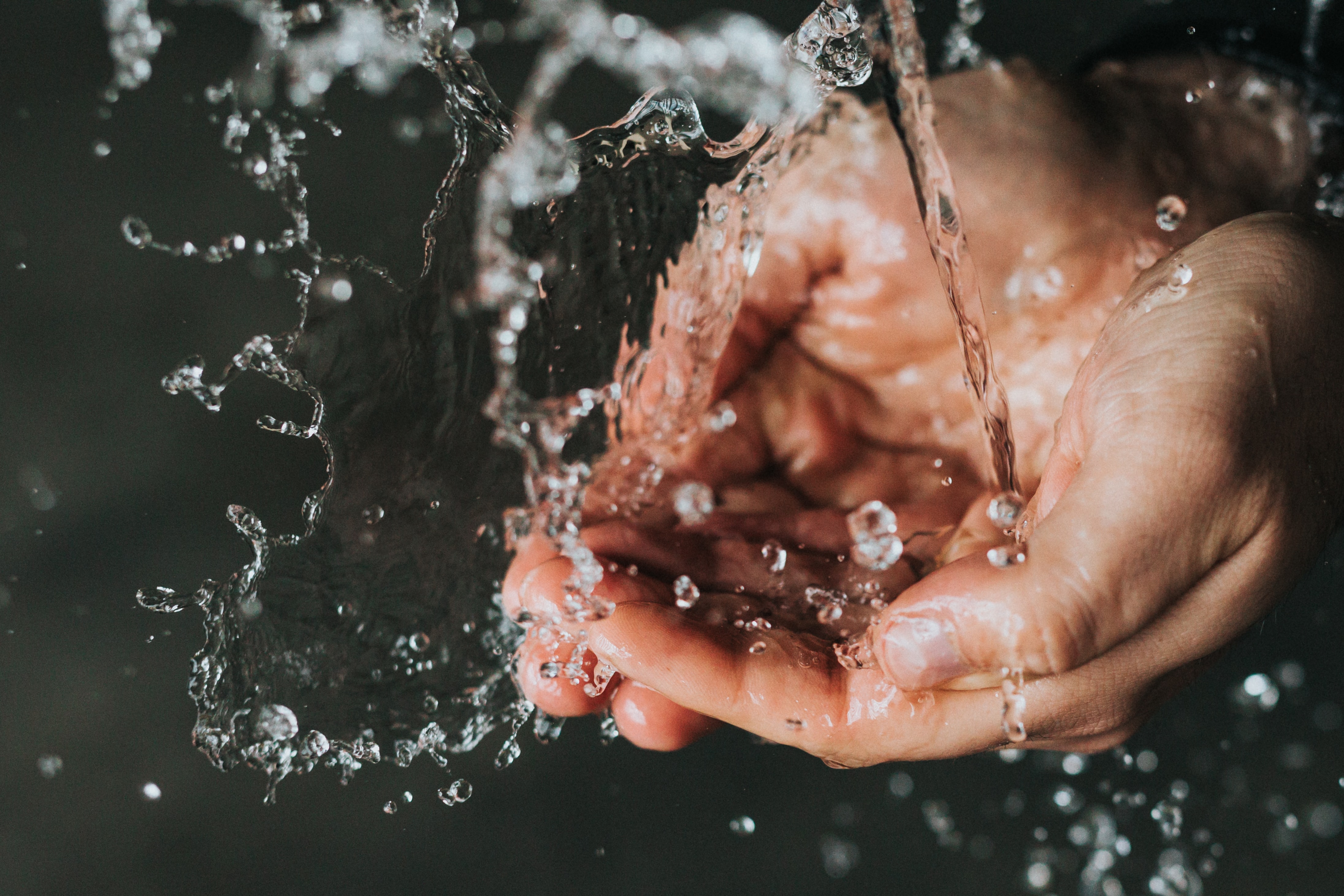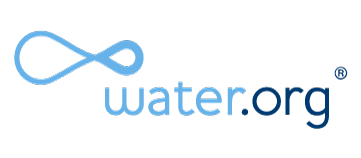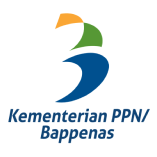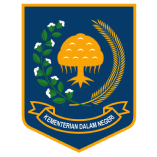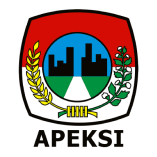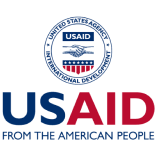Ketergantungan Manusia Terhadap Air
2023-03-03 09:08:43 Dibaca : 1092Available in English
01/B-NUWSP/Mar/2023
Pernahkah kita membayangkan hidup tanpa air selama 1 hari saja? Rasanya berat sekali ya.
Air sudah menjadi bagian penting di dalam hidup manusia. Manusia membutuhkan air untuk berbagai keperluan domestik, seperti minum, memasak, mandi, mencuci, dll. Untuk dapat menunjang hidup, manusia juga membutuhkan air untuk keperluan nondomestik, seperti pertanian, peternakan, perdagangan, serta industri.
Ketergantungan manusia terhadap air dapat terukur dari besarnya total konsumsi air harian. Berdasarkan data Indonesia Water Institute (IWI), total konsumsi air bersih di Indonesia pada tahun 2013 yakni sebesar 415-615 liter per hari per rumah. Angka ini mengalami peningkatan pada tahun 2020 ketika pandemi terjadi, yakni sebesar 995-1415 liter per hari per rumah. Artinya, jika setiap rumah tangga terdiri dari lima orang, kebutuhan air setiap orang mencapai 199-283 liter per hari.
Bukan hanya terukur dari jumlah air yang dikonsumsi setiap harinya, kebutuhan manusia terhadap air juga melekat pada setiap barang maupun jasa yang kita gunakan. Misalnya, selembar kertas A4 yang kita gunakan membutuhkan air sebanyak 10 liter untuk memproduksi kertas tersebut (Hoekstra, A.Y. & Chapagain, A.K., 2008). Contoh lainnya yaitu sepotong dada ayam berukuran 300 gram yang kita konsumsi membutuhkan air sebanyak 1170 liter dalam proses produksinya (Hoekstra, A.Y. & Chapagain, A.K., 2008), untuk menyiapkan pakan, minum, sanitasi di peternakan, hingga kebersihan di rumah potong hewan. Jumlah air yang tersembunyi ini dikenal dengan nama virtual water. Konsep virtual water dikembangkan oleh Tony Allan, seorang profesor geografi di King’s College London, sejak tahun 1994. Harsoyo (2011) mendefinisikan virtual water sebagai jumlah air yang digunakan dalam proses produksi dari suatu komoditas hasil produksi pertanian ataupun industri. Virtual water dari beberapa produk yang kita gunakan dapat dilihat pada gambar berikut.

Gambar 1. Virtual water beberapa produk
Jumlah konsumsi air harian serta jumlah virtual water yang berkaitan dengan segala aktivitas manusia menunjukkan bahwa manusia memerlukan kuantitas air dengan jumlah yang cukup banyak setiap harinya. Tak hanya memerlukan kuantitas air dalam jumlah yang cukup, kualitas air pun sangat memengaruhi kehidupan manusia. Menurut World Health Organization (WHO), 80% dari seluruh penyakit yang terjadi di negara berkembang merupakan penyakit yang berkaitan dengan air. Air dengan kualitas yang buruk dapat memicu berbagai penyakit seperti penyakit kulit, gagal ginjal, kolera, diare, demam berdarah, disentri, hepatitis A, polio, tifus, peningkatan risiko kanker, blue baby syndrome, gangguan sistem syaraf, kerusakan tulang, dll.
Uraian di atas menunjukkan bahwa manusia sangat bergantung pada air, baik dari segi kuantitas maupun kualitasnya. Oleh karena itu, menjaga keberlangsungan sumber daya air merupakan tugas yang penting bagi setiap manusia.
Sumber:
1. Afni, Julia (2011): Hubungan Antara Kuantitas dan Kualitas Air Bersih Secara Fisik dengan Kejadian Penyakit Kulit pada Masyarakat di Wilayah Kerja Puskesmas Kelurahan Cilincing II Jakarta Utara Tahun 2011, Skripsi Program Sarjana, Universitas Indonesia, Depok.
2. Harsoyo, B. (2011): Konsep Air Virtual, Jurnal Sains & Teknologi Modifikasi Cuaca, Vol. 12 No. 1, 2011: 25-32.
3. Hoekstra, A.Y. & Chapagain, A.K. (2008): Globalization of Water: Sharing the Planet's Freshwater Resources. Oxford: Blackwell Publishing.
4. Journal of Environmental and Public Health Editorial Board (2022): Water Quality and Associated Health Risks, diperoleh melalui situs internet: https://www.hindawi.com/journals/jeph/si/924385/.
5. Mirumachi, N. & Agarwala, M. (2021): Tony Allan Obituary, Geographer Whose Concept of ‘Virtual Water’ Transformed Thinking on Trade, Industry and Agriculture, diperoleh melalui situs internet: https://www.theguardian.com/environment/2021/may/07/tony-allan-obituary.
6. The World Counts (2023): Average Daily Water Usage, diperoleh melalui situs internet: https://www.theworldcounts.com/stories/average-daily-water-usage.
7. Valentin L. (2022): How Does the Good Quality of Water Impact Good Health, diperoleh melalui situs internet: https://sinay.ai/en/how-does-the-good-quality-of-water-impact-good-health/.
8. Waseso, Ratih (2021): Kementerian PUPR Sebut Pandemi Tingkatkan Penggunaan Air Bersih di Masyarakat, diperoleh melalui situs internet: https://nasional.kontan.co.id/news/kementerian-pupr-sebut-pandemi-tingkatkan-penggunaan-air-bersih-di-masyarakat.
9. www.waterfootprint.org
Kredit Foto:
Dumlao, Nathan (2019): Clear Liquid Pouring on Persons Hands, diperoleh melalui situs internet: https://unsplash.com/photos/kDxqbAvEBwI.
Ditulis oleh:
Deviana Matudilifa Yusuf
Edith Riane
Our Needs on Water
Have you ever thought about living without water for just one day? Can you imagine how difficult it would be for you?
Water has always been an important part of human life. People need water for various purposes such as drinking, cooking, bathing, washing, etc. People also need water for non-domestic purposes such as agriculture, farming, commerce, and industry to sustain their life.
People’s demand on water can be measured by the total amount of their daily water consumption. Based on data from the Indonesia Water Institute (IWI), clean water’s total consumption throughout Indonesia in 2013 was 415-615 liters per day. When the pandemic occurred in 2020, this number increased to 995-1415 liters per household per day. This means that if each household consists of five people, every single person needs 199-283 liters of water per day.
People’s dependency on water is not only measured by the water consumed each day, it could also be reflected in all the goods and services we are using. For example, it takes 10 liters of water to produce a sheet of A4 paper (Hoekstra, A.Y. & Chapagain, A.K., 2008). Another example is preparing chicken breast for our meals. We need up to 1170 liters of water for every 300 grams of it (Hoekstra, A.Y. & Chapagain, A.K., 2008). Water is also necessary for growing grains for feeding, cleaning farms, and sanitizing slaughterhouses. This amount of “hidden” water is known as “virtual water”, which is a concept developed in 1994 by Tony Allan, a geographer and professor at King’s College London. Harsoyo (2011) defines virtual water as the amount of water consumed in the agricultural or industrial raw materials production process. The amount of “virtual water” for some of our daily products can be seen in Figure 1.

Figure 1. Virtual water for multiple products
The daily water consumption and the virtual water that is associated with all human activities indicate that people require huge amounts of water every day. Not only that we need a sufficient amount of water, the water quality also greatly affects human life. According to the World Health Organization (WHO), 80% of all diseases occurring in developing countries are water-related diseases. Poor water quality triggers various diseases such as skin diseases, kidney failure, cholera, diarrhea, dengue fever, dysentery, hepatitis A, polio, typhoid fever, increased risk of cancer, blue baby syndrome, neurological disorders, and bone injury.
The above description tells us that people are highly dependent on water, both in quantity and quality. Therefore, maintaining the sustainability of water resources is an important task for every human being.
Sources:
1. Afni, Julia (2011): Hubungan Antara Kuantitas dan Kualitas Air Bersih Secara Fisik dengan Kejadian Penyakit Kulit pada Masyarakat di Wilayah Kerja Puskesmas Kelurahan Cilincing II Jakarta Utara Tahun 2011, Undergraduate Thesis, Universitas Indonesia, Depok.
2. Harsoyo, B. (2011): Konsep Air Virtual, Jurnal Sains & Teknologi Modifikasi Cuaca, Vol. 12 No. 1, 2011: 25-32.
3. Hoekstra, A.Y. & Chapagain, A.K. (2008): Globalization of Water: Sharing the Planet's Freshwater Resources. Oxford: Blackwell Publishing.
4. Journal of Environmental and Public Health Editorial Board (2022): Water Quality and Associated Health Risks, obtained through the internet site: https://www.hindawi.com/journals/jeph/si/924385/.
5. Mirumachi, N. & Agarwala, M. (2021): Tony Allan Obituary, Geographer Whose Concept of ‘Virtual Water’ Transformed Thinking on Trade, Industry, and Agriculture, obtained through the internet site: https://www.theguardian.com/environment/2021/may/07/tony-allan-obituary.
6. The World Counts (2023): Average Daily Water Usage, obtained through the internet site: https://www.theworldcounts.com/stories/average-daily-water-usage.
7. Valentin L. (2022): How Does the Good Quality of Water Impact Good Health, obtained through the internet site: https://sinay.ai/en/how-does-the-good-quality-of-water-impact-good-health/.
8. Waseso, Ratih (2021): Kementerian PUPR Sebut Pandemi Tingkatkan Penggunaan Air Bersih di Masyarakat, obtained through the internet site: https://nasional.kontan.co.id/news/kementerian-pupr-sebut-pandemi-tingkatkan-penggunaan-air-bersih-di-masyarakat.
9. www.waterfootprint.org
Photo Credit:
Dumlao, Nathan (2019): Clear Liquid Pouring on Persons Hands, obtained through the internet site: https://unsplash.com/photos/kDxqbAvEBwI.
Written by:
Deviana Matudilifa Yusuf
Edith Riane
Translated by:
Suri Saraswati
#nuwsp #ditairminun #ciptakarya #watersupply
#waterdependent #virtualwater
Share On :
